Affiliate links on Android Authority may earn us a commission. Learn more.
Most unconventional Android devices of all time
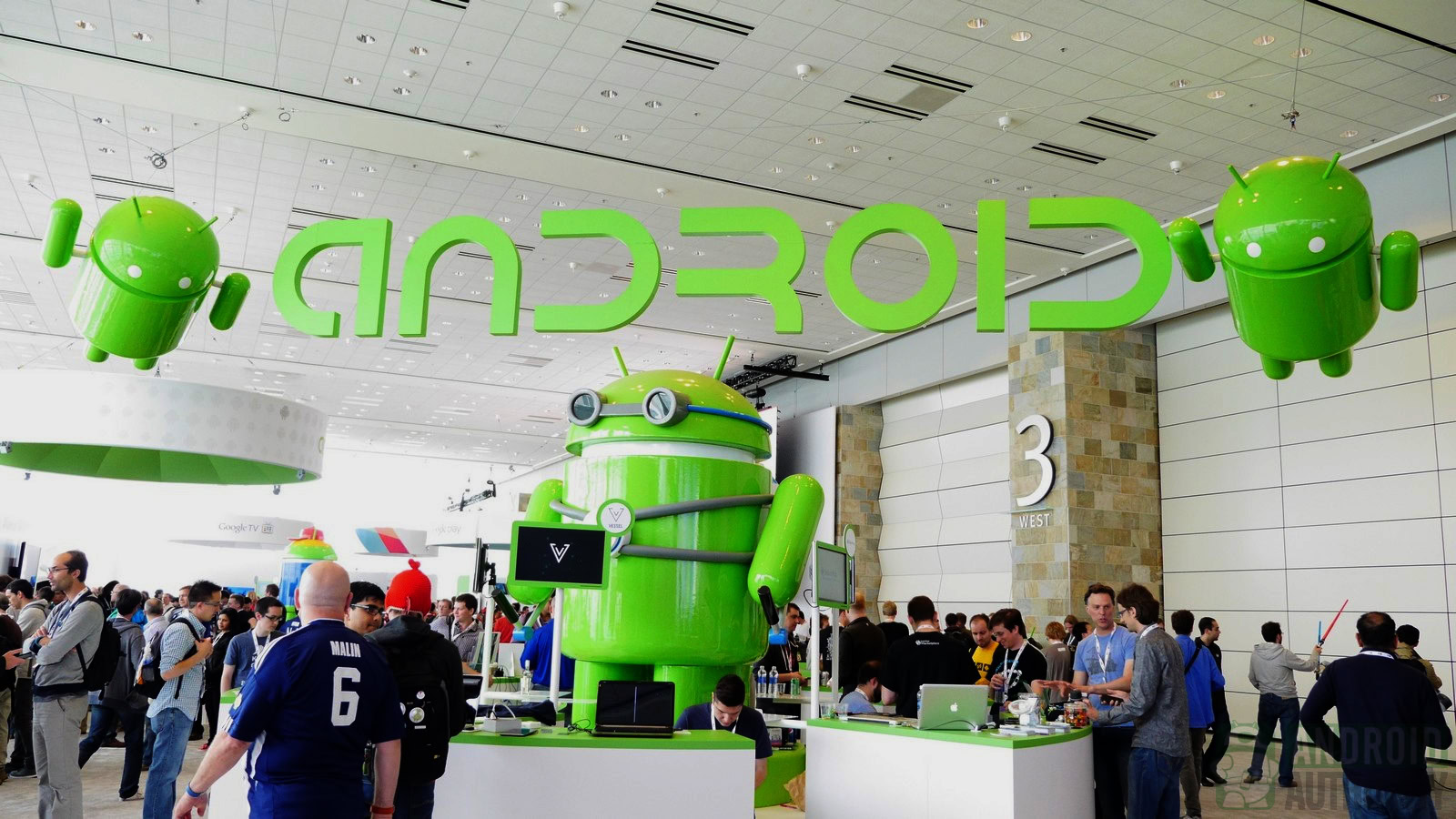
Android fans are all about choice, so we like when manufacturers build unique, innovative products with a slightly crazy touch. Who doesn’t marvel over geeky technology?! Of course sometimes they think so outside of the box they get totally lost in some weird alternate reality.
We have seen plenty of crazy smartphones and tablets in the Android realm, but some of them are just so nuts we thought it would be good to create a list of smartphones we could marvel over. Now bear in mind, this list is far from complete. Additionally, some devices that were considered unusual at the time they were released have also become fairly commonplace today (such as the Note series). For this list, we are focusing on devices that are still considered at least somewhat unconventional. Some of these are amazing. Others are funny, while a select few are downright dumb.
Let’s take a look!
Kyocera Echo
The Kyocera Echo is by far the most ridiculous Android phone I have seen. It was a total abomination. Sure, some of us may have totally geeked out over it and liked the idea at first, but in practice this phone was the biggest mess! And it sure was big for its time. The Echo featured a set of two 3.5-inch screens, which could be folded out and used in tablet mode, making for a 4.7-inch screen… a square one… with a big black stripe in the middle.
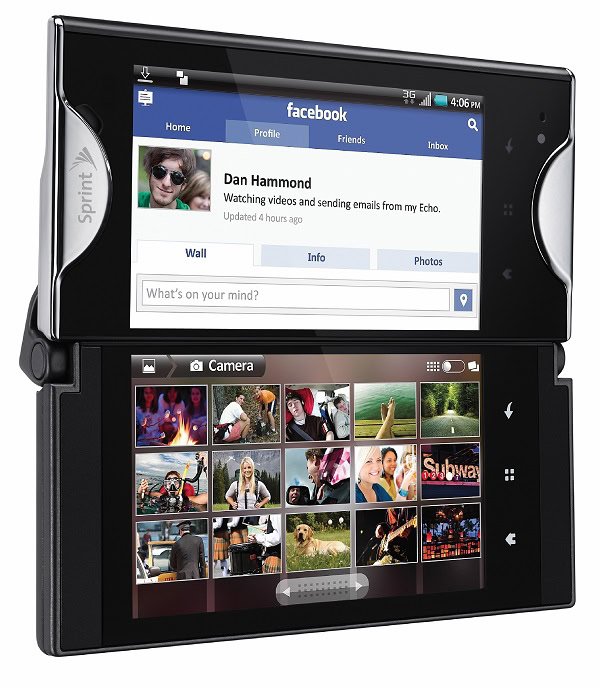
Let’s look past that mistake, though. The phone could be operated in dual window mode, giving users the ability to operate a couple apps at once. The lower screen could also display a keyboard or controller, freeing up the space for more content to be displayed on the top screen. In theory this sounded amazing, but the functionality was so limited. It only worked with some core apps and pretty much no developer supported it, because no one really bought the phone to begin with!
Also – a silly 1370 mAh battery to power two screens at once? What a joke! This thing was a total fail, and it did take its rightful spot at our feature post “The worst Android phones of all time“. Now we are pointing out it was also one of the most unique ones.
Sony Tablet P
The Sony Tablet P is an interesting one, as it uses the same concept we saw with the Kyocera Echo. The Japanese manufacturer seems to have taken the idea and polished it. And they did very well, as this product actually doesn’t seem as ridiculous and horrible as the Kyocera Echo!
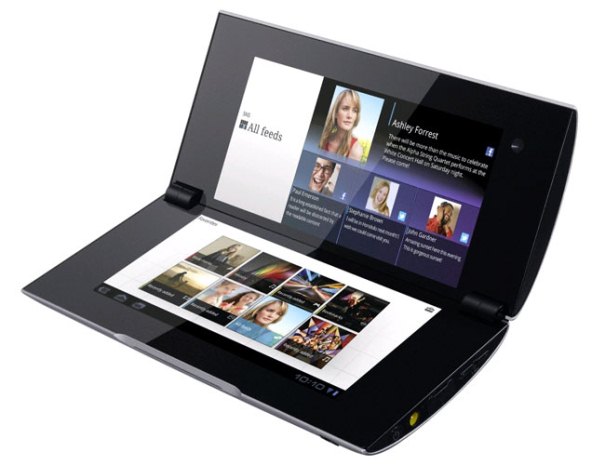
This device featured a couple 5.5-inch displays with a 1024 x 480p resolution (each). It was essentially a tablet that could be folded in half to offer superior portability. It’s specs were pretty good for the time, too. The user experience was still affected by the dreaded black strip we also saw on the Kyocera Echo, but at least Sony did everything else right. Because data can also be a limitation, this foldable tablet could also take advantage of AT&T’s network for data, so it was a pretty good road warrior.
Sony Ericsson Xperia Play
While we are on the topic of interesting Sony devices, let’s touch on that “PlayStation phone” the world was begging for at one point. Sony catered to our wants by releasing the Sony Ericsson Xperia Play, an Android smartphone that doubled as a portable gaming console. What made it unique was the slide-out gaming pad you could use when you really wanted to get some serious gaming done (the handset resembled a PSP Go, but ran Android and made calls).
While most “out of the box” gaming smartphones are pretty horrible, the Sony Ericsson Xperia Play proved to be a remarkable phone. It was powerful enough for its time and offered a solid build, along with recent software. Now, the real question is whether it was a good gaming device or not. The issue was that there wasn’t much support in terms of gaming, and the PlayStation Classic titles list was very limited.
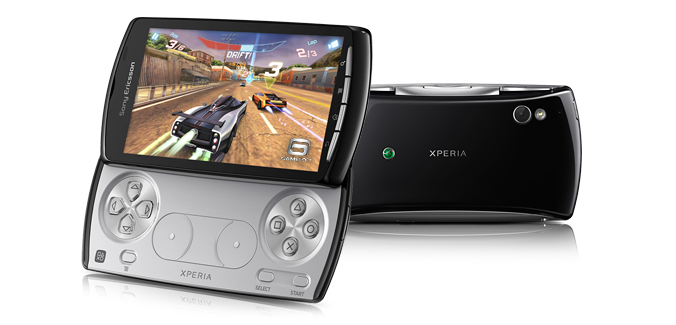
I owned the Sony Ericsson Xperia Play for about half a year, so I am telling you all this from my own perspective. The phone was good, it just needed more support for gaming. Having a quality gamepad at all times made a huge difference, and I was boss at the few online multiplayer games that were supported. I wish they would have released more successors, as support would have likely improved.
Notion Ink Adam
I wouldn’t take an article serious if it focused on innovating mobile devices and didn’t mention the Notion Ink Adam. Back when Android phones were all the hype and Android tablets were nothing but rumors, Notion Ink made rounds around the internet by showing off the Notion Ink Adam. This pad was built from the ground up to offer a true mobile tablet experience!
The Adam had a larger screen, great specs and a UI that was actually tailored for the larger display it touted. It was a total hit and something we hadn’t seen before. The only reason it failed was that Samsung beat them to the curve when they released the first Samsung Galaxy Tab, which was pretty much a larger smartphone… a very popular one. Cheers to Notion Ink for realizing a UI optimized for the screen is a necessity. And they thought of this way long before everyone else.
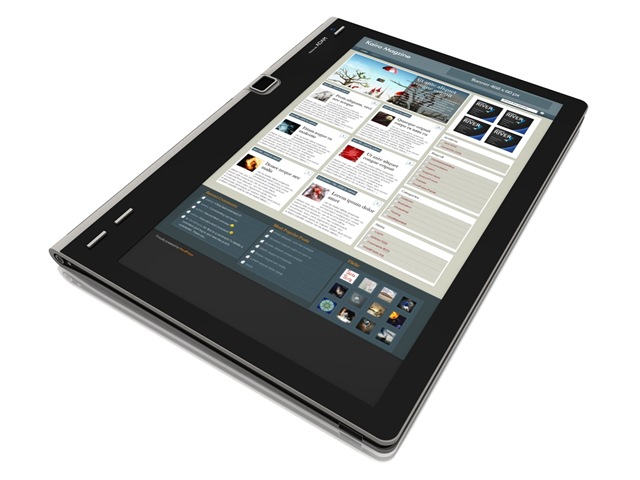
LG Optimus Vu
When the LG Optimus Vu (LG Intuition for Verizon users) was announced in 2012, super-sized smartphones were starting to become popular; the phablet era was upon us, and LG really didn’t want to fall behind. They also wanted to be unique, though, so they went ahead and decided to go nuts with design.
The LG Optimus Vu was fun and… weird. It stood out from the crowd by featuring a 5-inch display. That’s reasonable, but things got weird when you took a look at the shape of the display. The thing was nearly square!
The panel rocked a 4×3 aspect ratio, which looked very odd and made it so the phone didn’t fit in one’s pocket very well. There were some benefits to it, though. Web browsing is much more natural with this aspect ratio, as you can see much more content at once. Not to mention, phones weren’t very wide back then, and because the LG Optimus Vu was insanely wide compared to the competition, it made for much more comfortable and faster typing.
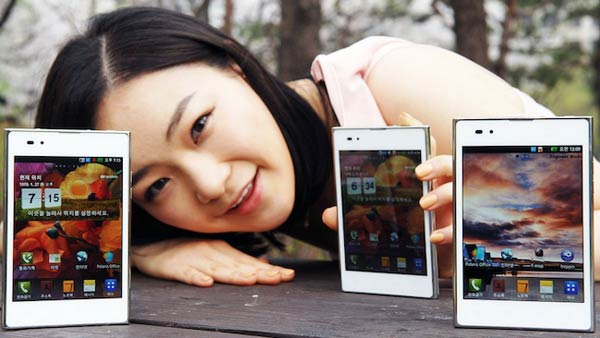
LG DoublePlay
I suppose everyone was trying to make the whole dual-screen thing happen back in the day. Now it’s LG’s turn and we are taking a look at the infamous LG DoublePlay. This thing had a slide-out keyboard, a feature that was very popular at the time. But that keyboard wasn’t alone. Oh no! LG decided to cram a secondary 2-inch screen right in the middle of it.
As if the phone’s keyboard wasn’t small enough with that 3.5-inch form-factor, they go on and make it unusable by sacrificing precious keyboard space in lieu of a screen that served very little purpose. It was pretty much a glorified customizable shortcut list.
Was it unique? Sure. And it was very much outside the box, which is appreciated. The problem is the idea wasn’t applied well.
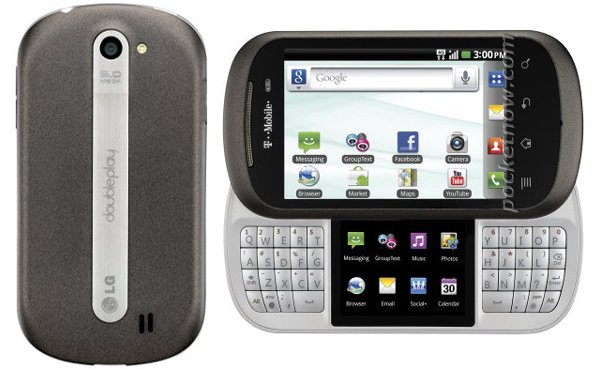
Samsung Galaxy Beam
Taking the large screen experience wherever you go is not easy. Projectors can be bulky and expensive, televisions are definitely out of the question and not always do you want to carry your laptop or tablet around. As a ‘solution’, Samsung came up with the Galaxy Beam, an Android smartphone with an integrated 15-lumen pico projector. It could project a mirror image of your screen at a 640x360p resolution. Not the best quality, but it was nice to have and served its purpose pretty well – especially for a mid-range smartphone.
Ultimately though, this phone concept failed to really catch on.
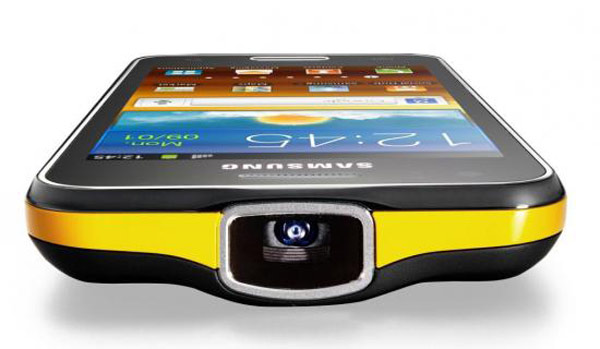
Zettaly Avy
There’s a clear issue with Android devices when it comes to sound quality. Pretty much no Android product offers a true high-quality sound experience through its integrated speakers. We have a few exceptions that go above and beyond (like the HTCOne M9 and BoomSound), but that is only relatively speaking. These dual-speaker handsets offer great sound compared to other phones, but they still pale against full-on speakers.
Enter Zettaly Avy, an Android device which truly focuses on sound. It’s best feature is probably those powerful (and large) 5W stereo speakers, which add quite a bit of bulk to the device, but will sound heavenly. The Avy also sports a 7-inch 1024x600p display, which works very well for watching videos and shows, but the true focus is on sound quality, not video.
It runs Android 4.4 KitKat, so it’s amazingly easy to access all your favorite apps and store your media right into its 8 GB internal storage. You can also use a microSD card, though, just in case that’s not enough. This is really a full-featured Android tablet, with a front-facing camera, microphone, touch screen, HDMI, micro-USB, a 3.5 mm headset jack and more. It even sorts a 2000 mAh battery for when you want to take your music on-the-go!
It’s not exactly the cheapest at $200, but Zettaly gets props for thinking outside of the box. Plus, some of you may really be looking for a quality speaker that needs no other device to operate.
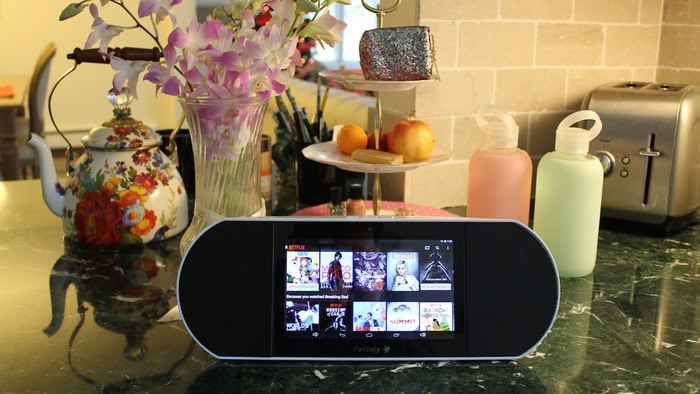
Samsung Galaxy Note Edge
Now, not all devices that thought of outside the box were unsuccessful or bad. The Samsung Galaxy Note Edge is pure testament of this argument. The over-sized smartphone offered an Edge curved display with added functionality, and it proved to be a hit among techies.
The Edge display was able to showcase app shortcuts, the time, notifications and more. It served its purpose very well and was a handy tool. The only downside is it didn’t get too much support, but the concept was great, and it translated very well into theory. Not to mention, it set a standard for things to come.
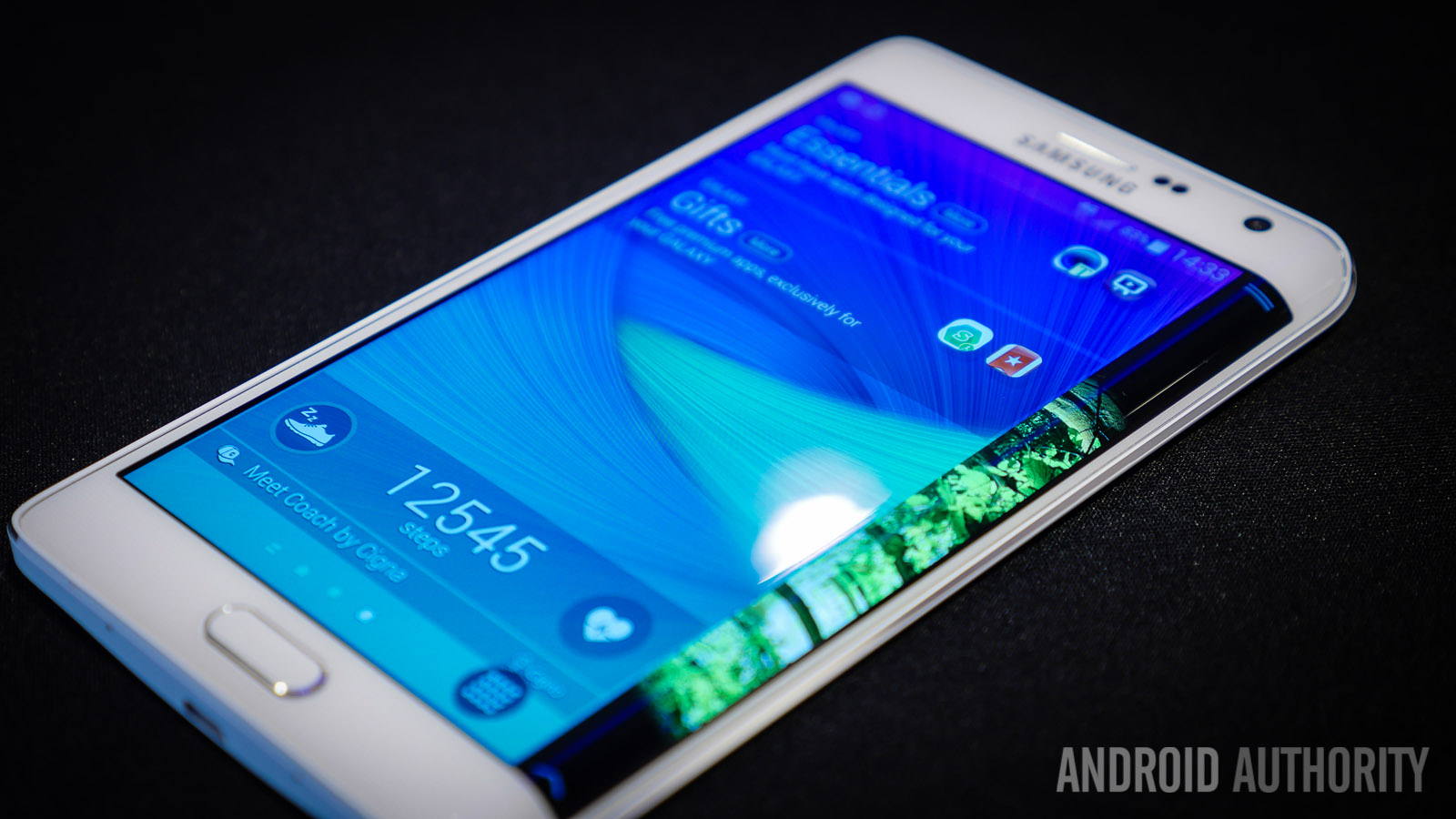
Samsung Galaxy S6 Edge
Samsung figured their Edge screen functionality wasn’t taking off so fast, so they decided to backpedal a bit and make this flexible side screen purely aesthetic with its flagship smartphone. The Samsung Galaxy S6 Edge offers two Edge displays instead of one. They do almost nothing in terms of added functionality, but they sure look gorgeous and very unique. Not to mention, the phone is a beast and the design does help make it a bit easier to hold.
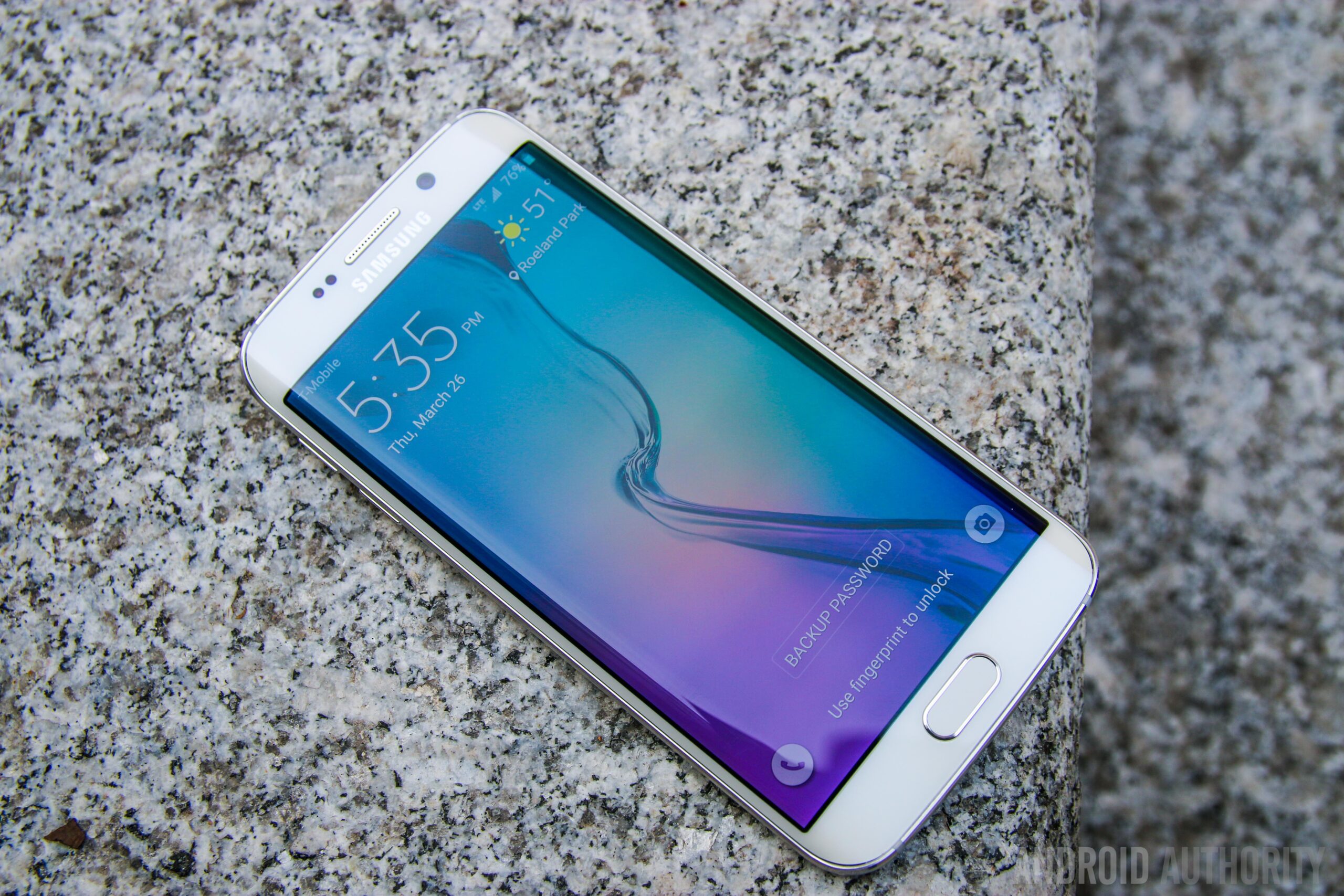
Samsung Galaxy Round
The world has never been more about curvatures than when the Samsung Galaxy Round was announced, in October 2013. The phone’s main selling point was the fact that it wasn’t a black slab, like every other smartphone was. This one had a curve to it, feat which was accomplished by using a flexible OLED display.
The curve really had no functionality, but Samsung swore the phone was more comfortable to keep in your pocket. I guess the ability to roll the device to wake it (while it was laying on a flat surface) was pretty cool. Other than that, making this phone was more abut showcasing their manufacturing abilities and creating different products.
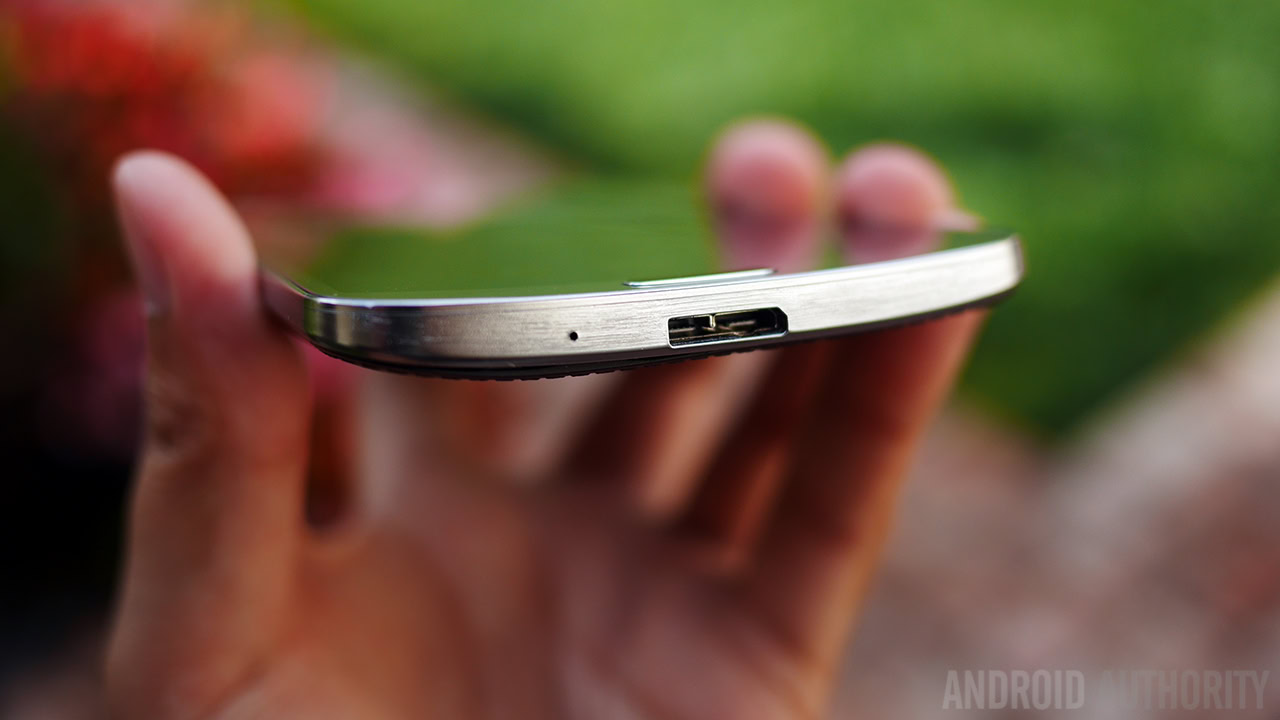
LG G Flex
Samsung wasn’t jumping on this round hype alone. LG joined the party by introducing the LG G Flex, a phone that proved to be much more popular than the Galaxy Round. How was it different? Instead of curving from side to side, it curved from top to bottom (mind-blown!).
The phone was great, even if plagued by screen ghosting issues. LG didn’t only implement a flexible screen, the whole darn thing could be bent to a certain extent! To make matters even more unique, the back was made out of this self-healing material that could make slight scratches disappear in a matter of minutes. It was truly out of this world… and the box. It also sparked a continued push into flexible displays from LG that we’ve seen with the LG G Flex 2 and even newer flagships like the LG G4 which features a subtly curved screen.
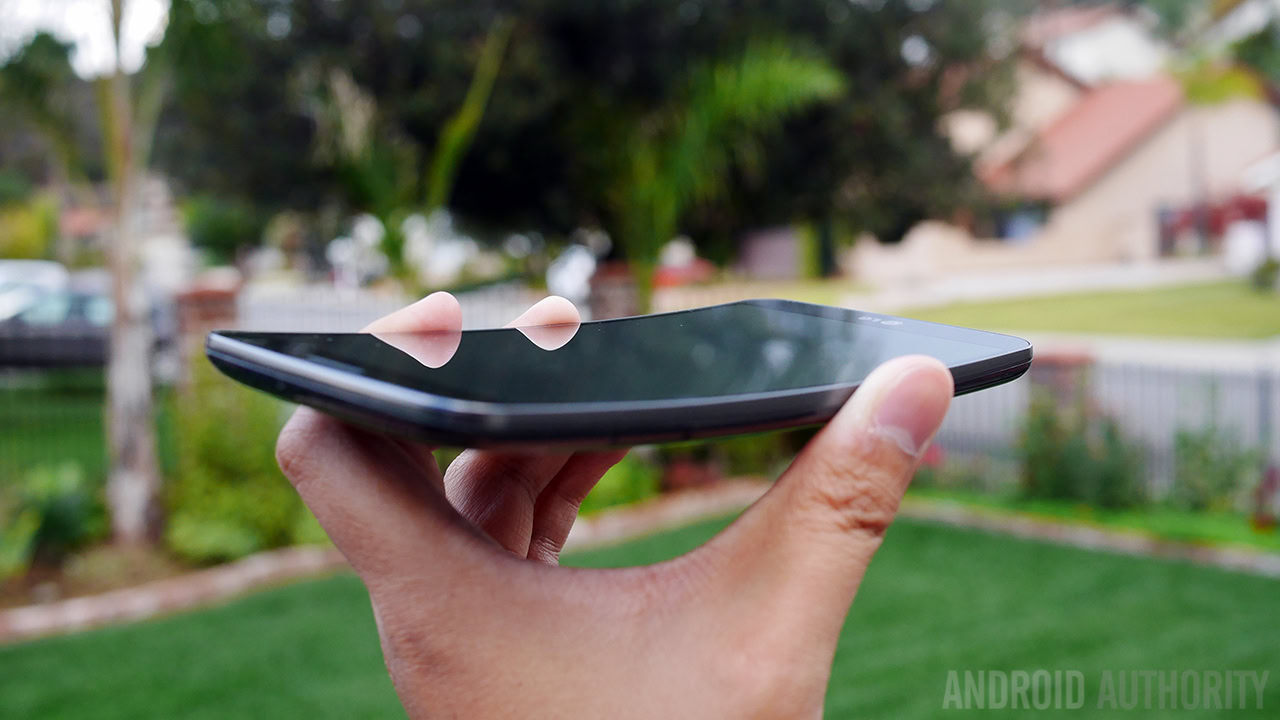
Conclusion and honorable mentions
The Android ecosystem is all about being open, so it’s a pleasure to see manufacturers not losing their innovative touch (even if sometimes they go totally nuts). At least it keeps the market full of options and the ecosystem fresh. It seems Samsung is especially brave about experimenting with their devices, though. Maybe that is part of why they are where they are. They really do have something for everyone.
We wanted to touch on some other devices that didn’t make it to the top list, but definitely deserved at least a mention. The Samsung Galaxy Continuum was another one of those weird phones with a secondary screen, for example. And who can forget the HTC Evo 3D and LG Optimus 3D?
I also had a love/hate relationship with those phones that had odd keyboards, like the Motorola Flipout, Motorola Backflip, HTCChaCha and the Samsung DoubleTime (which also had a secondary screen). We can’t forget home phones deserve some love too! Do any of you remember the Motorola HS100? It was pretty much a home phone running the Android OS on a tiny screen.
It would be interesting to hear your opinion on all these phones, so please hit the comments and share your thoughts. Which one is the craziest? Which one is the one you actually like the most? I have to say I am a fan of the LG G Flex and Samsung Galaxy S6 Edge, in terms of innovation and “thinking outside of the box”, and obviously these are the most commerically successful of the phones mentioned above.